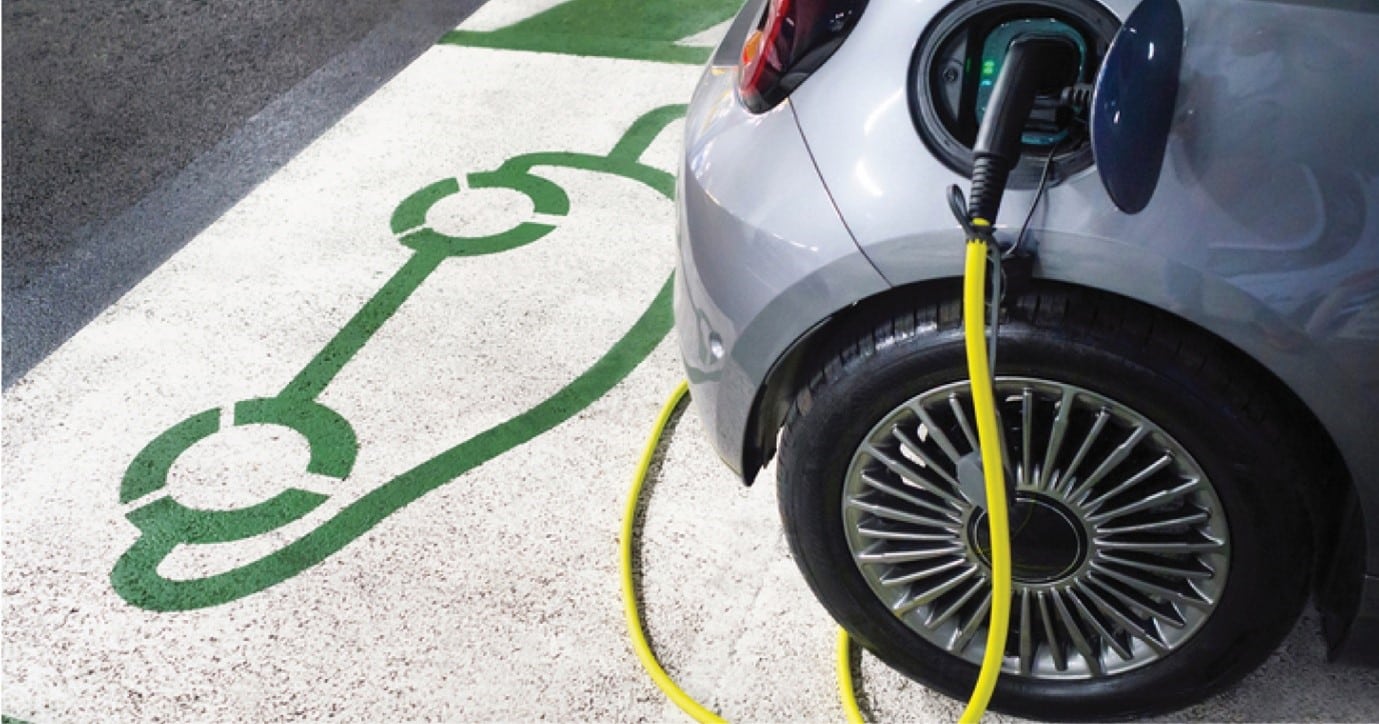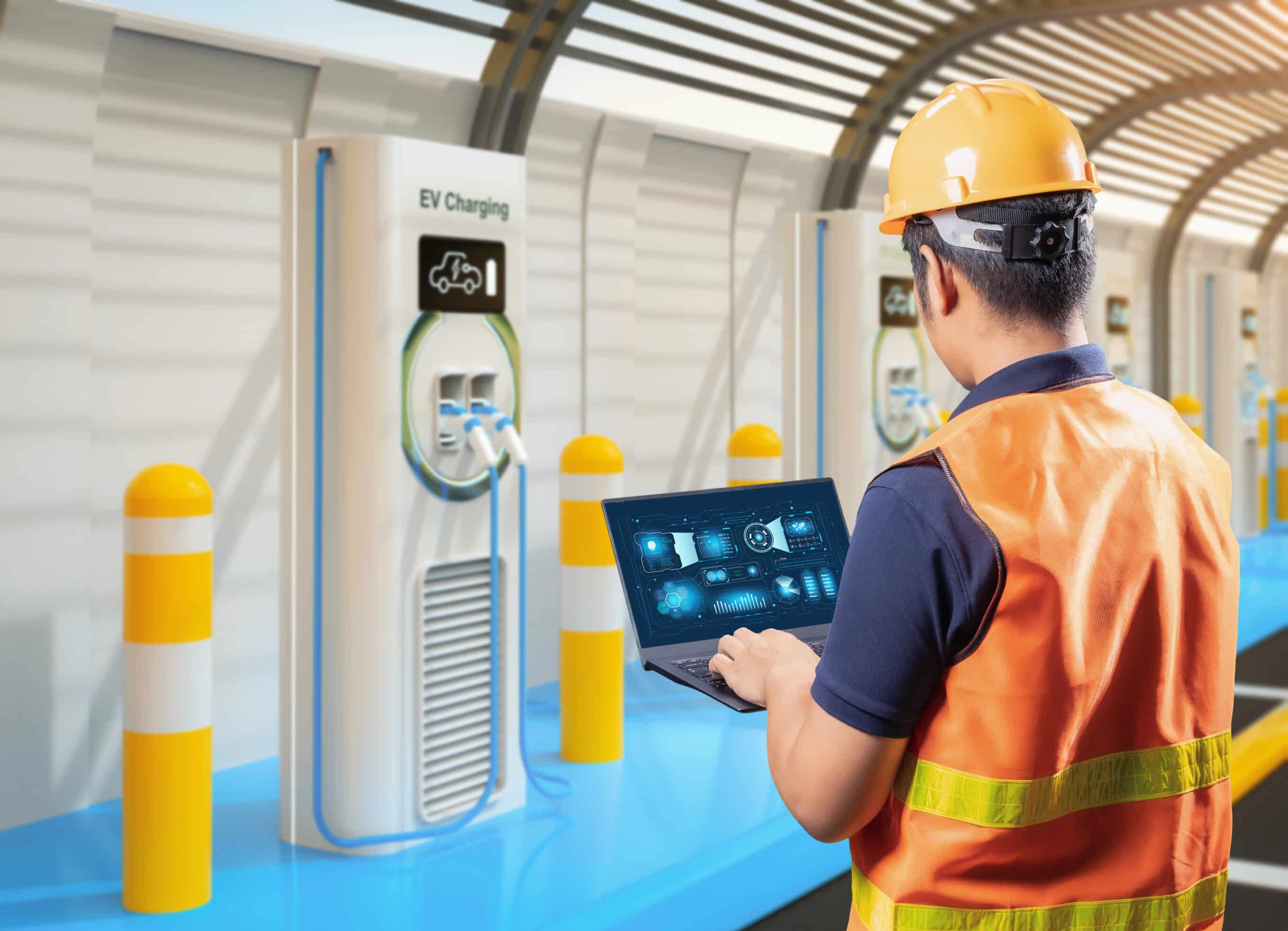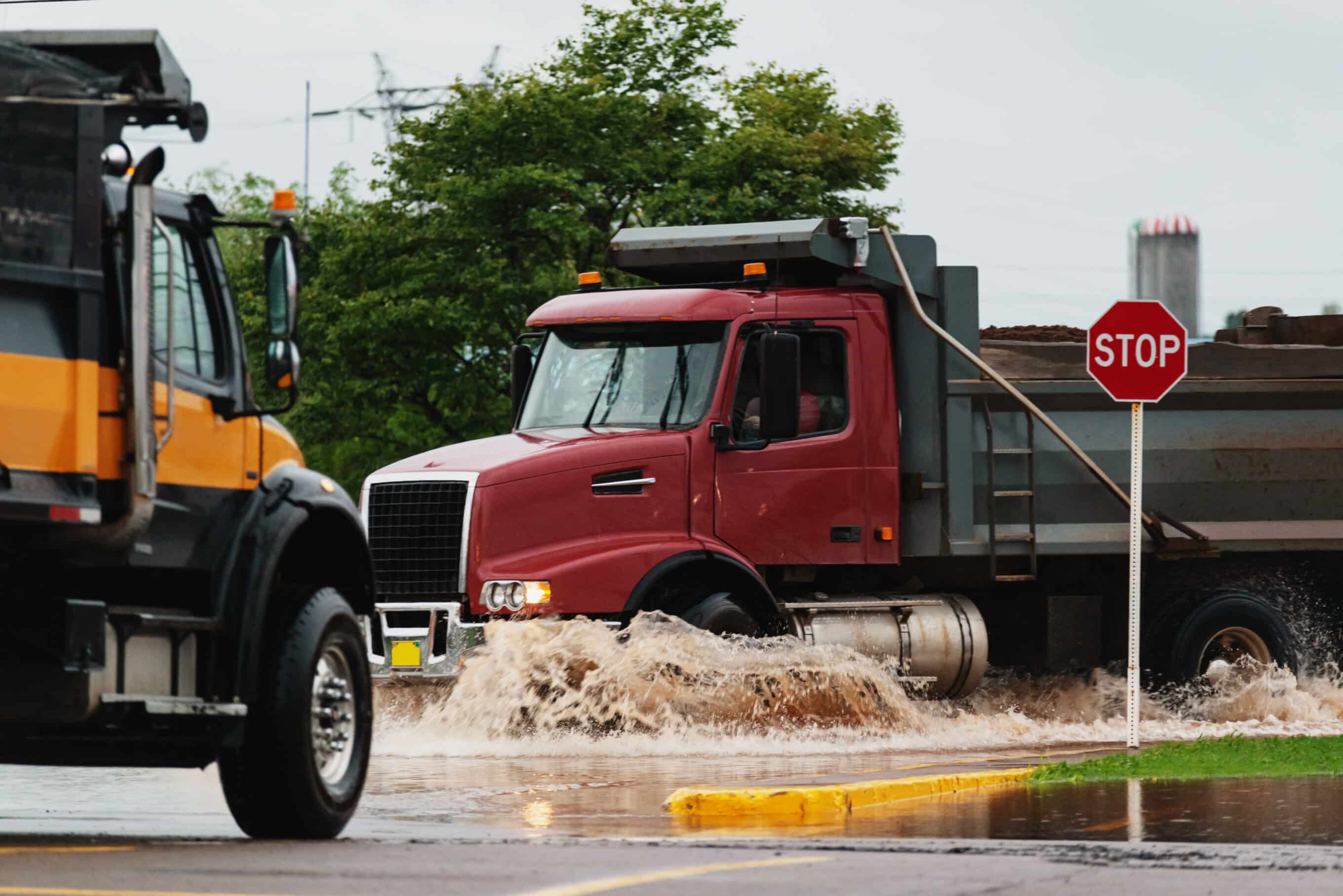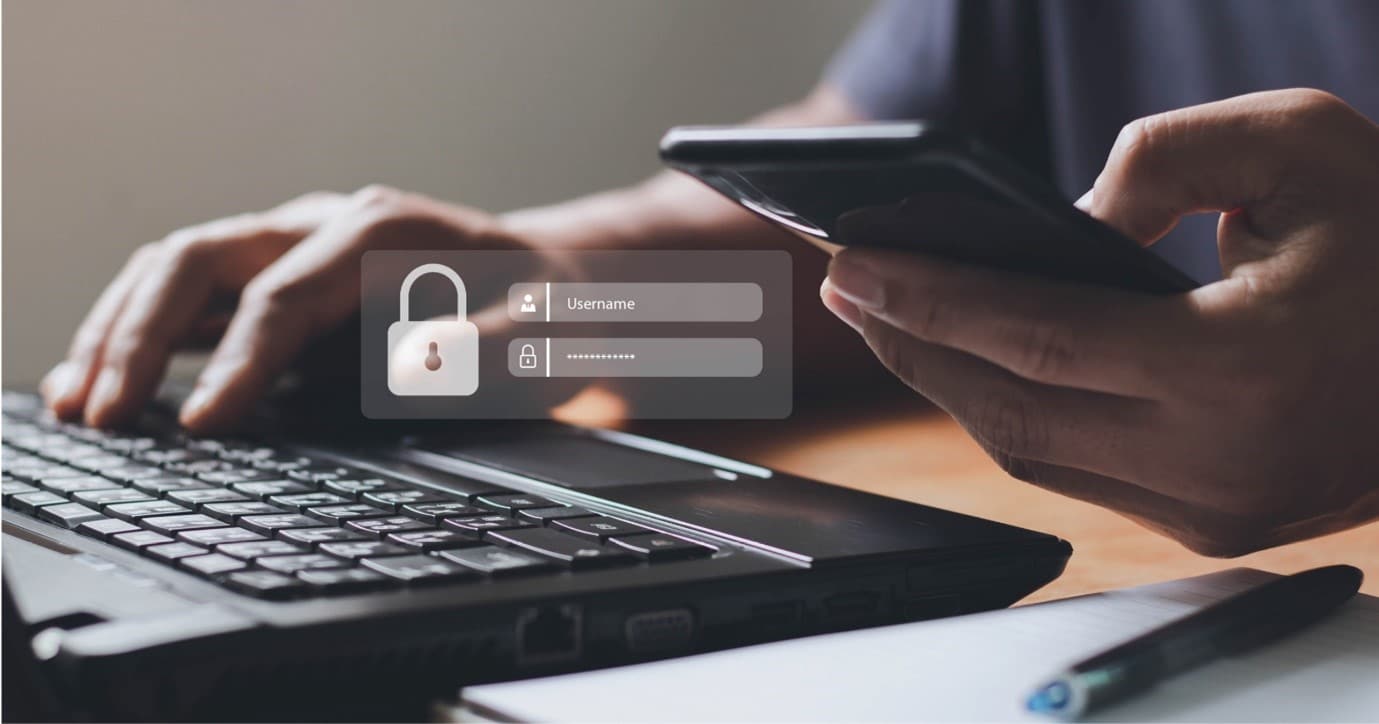Powering up – the hidden risks in new technology
A lower environmental impact has won lithium batteries plenty of fans – they often power green technology. Lithium-ion batteries are found in many modern electronics, including green technologies like electric vehicles (cars, bikes, scooters) and energy storage systems (residential solar battery systems use the technology, all the way up to grid-scale energy storage systems). And while the batteries are key to powering a green future, their use poses risks.
Use of lithium-ion batteries
The University of New South Wales notes electric vehicles, such as Teslas, use lithium-ion batteries – as does the company’s Powerwall system which stores energy collected from roof-top solar panels or the grid. On a grander scale, Australia’s largest lithium-ion battery was activated in 2021 at the Moorabool Terminal Station just outside Geelong. Known as the Victorian Big Battery, the 300-megawatt battery can store enough energy to power more than a million homes for 30 minutes.
Businesses of all shapes and sizes are embracing technology powered by lithium batteries.
The uptake in electric vehicles (EVs) is surging. Data from the Electric Vehicle Council showed the number of EVs on Australian roads almost doubled over the past year, rising from 44,000 at the beginning of 2022 to more than 83,000 at the start of 2023, with the prediction that the number will soon surpass 100,000. Of the 83,000 vehicles in circulation, 79% are battery EVs. Many businesses are making the switch to electric and hybrid vehicles. Research from CommBank suggests that businesses are considering a more sustainable and energy-efficient future with almost a quarter of survey respondents saying they were intending to evaluate their stance on transitioning to EVs over the next 24 months.
Renewable energy production is becoming an increasing area of focus for many businesses, and solar panels and wind energy systems are becoming prominent features on properties around the country. But, as power production is reliant on weather conditions, businesses need to look to alternative power sources to complement renewable energy. Lithium batteries are the most common type of battery system used alongside solar and other renewable energy systems to power properties. In small business settings, these systems (with a capacity of 5-10kWh) are a popular choice, while medium-large commercial sites usually use modular containerised battery units (which can be used for off-grid supply, backup power and grid stabilisation).
The risk
Lithium-ion batteries are rechargeable, energy-dense, long-lasting, and play an important role in the transition of transportation and electricity sectors away from fossil fuels to clean, renewable energy.
But there is a downside. The batteries pose a fire risk.
The batteries typically contain a liquid electrolyte solution with lithium salts dissolved into a solvent, like ethylene carbonate, to create lithium ions. It is the presence of these lithium ions that yield superior battery performance, allowing the battery to store a large amount of energy in a relatively small area. However, the liquid electrolyte containing these lithium ions is highly volatile and flammable. This creates a serious risk of fire or explosion, particularly when exposed to high temperature. In addition, the way a lithium-ion battery produces power also generates heat as a by-product.
If the battery overheats it can cause a cell inside the battery to short-circuit. Short-circuiting lithium-ion batteries can release flammable, toxic gases that may catch fire. This triggers a chain reaction through the other cells in the sealed battery unit called a ‘thermal runaway’, where temperatures can reach highs of 500°C. The battery can then explode and disperse burning fragments that result in fire. Lithium-ion battery fires are also not easily contained and are self-sustaining (the lithium salts in the battery are self-oxidising, meaning that they cannot be ‘starved out’ like a traditional fire), which means they can cause extensive damage and loss.
Data from Australian fire departments shows more than 450 fires were linked to lithium-ion batteries in the 18 months to February 2023.
It’s a growing risk. Figures from Western Australia’s Department of Fire and Emergency Services show there were 64 structure fires last year in which lithium-ion batteries were deemed the cause – up from 34 in 2020. And in just the first six months of this year, firefighters responded to 32 lithium-ion battery fires.
Business insurance claims
Claims data reveals that fire is the largest single cause of business interruption and corporate insurance loss – with lithium batteries a key concern.
There have been incidents where business premises have burned down because the batteries were not charged safely, the batteries were of an unknown quality, or they were left unsupervised while charging.
The fires are not only destroying the business who owns the battery – in some cases the fires have spread to engulf the businesses around them. So, not only is the policyholder looking at a commercial property claim but also liability claims for causing damage/loss to the other properties.
An example cited by Allianz saw a lithium-ion battery fire cause $120,000 in damage to the commercial property where the fire originated, and a subsequent $1.9 million in liability claims from neighbouring businesses. The fire was caused by a lithium battery igniting when charging scooters.
Mitigating the risk
To minimise the risk of thermal runaway, lithium batteries supporting renewable energy systems should have an effective battery management system. This system should monitor cell voltage, currents and temperature and work to balance the charge between cells, enabling each cell in the battery bank to be individually monitored when charging and discharging. It should also implement shutdown fail-safes if needed. More advanced systems can include data logging and analysis, internal gas detection, and control connected systems. Using products, suppliers and installers certified by the Clean Energy Council is recommended.
Tips for lithium battery use in businesses:
Charging
- Have a dedicated charging area in the workplace.
- Always use a certified charger that is suitable for the battery product.
- Charge batteries in a methodical manner to avoid over-charging and the deep discharging of cells.
- Allow the lithium-ion battery to cool after use and before charging.
- Never leave vehicles or equipment unattended when charging.
- Do not over-charge vehicles or equipment.
- Only charge on a non-flammable surface such as concrete, ceramic or steel, away from flammable materials (e.g. wood, paper, plastic).
- Turn chargers off once the battery is fully charged.
- Storage
- Store lithium-ion batteries within the recommended temperature range and away from anything that can catch fire.
- Do not expose the battery to elevated temperatures including hot surfaces, mechanical equipment, open flames or other ignition sources.
- Avoid exposing the battery to moisture.
- Keep batteries out of direct sunlight.
- Never keep batteries in hot vehicles for an extended period.
- Do not store batteries close to each other.
- Store and/or transport batteries in a non-flammable container.
- Keep batteries in well-ventilated areas (keep stores ventilated using natural or mechanical means).
- Consider dedicated battery storage (e.g. bunded battery cabinet).
- Larger stores (e.g. battery energy storage systems), should be separated from public and protected places.
General
- Only use quality lithium-ion batteries.
- Always follow the manufacturer’s instructions and guidelines.
- Regularly check the condition of the battery.
- Have a regular maintenance program in place.
- Replace batteries that show signs of swelling or damage.
Fire Safety
- Ensure fire extinguishers designed to put out lithium-ion fires (F-500) are available on-site and located close to battery stores.
- Train staff in best practice fire-fighting procedures for lithium battery fires.
- Ensure appropriate fire-fighting PPE is available.
- Install smoke alarms/heat alarms in charging areas.
EVs
- Affix a blue diamond sticker on electric vehicles – this allows quick identification that it is an EV so, in the event of an accident or certain other emergency situations, services can respond appropriately (i.e. warns responders they are in the presence of a high voltage battery).
- When installing charging equipment, ensure the charging cable and/or unit is electrically compliant and installed by a qualified electrician to Australian Standards.
- When charging an EV, only use extension leads and power sockets that are intended for use in the charging of electric vehicles.
- Where possible, e-bikes, e-scooters and other light electric vehicles should be stored and charged outside in a garage, shed or carport away from work/office/living spaces and kept away from any exit doors, escape routes, and other combustible materials.
- Install smoke alarms or heat alarms in garages where an EV is regularly parked or charged.
Disposal
- Have protocols and procedures for disposing of dropped, damaged or swollen batteries (these should never be put back in stores or placed on charge).
- Ensure batteries are disposed of correctly (refer to local council for details).
If you are thinking of using lithium batteries, electrified systems or energy storage within your business, talk to your EBM Account Manager about risk mitigation and securing insurance cover to protect the business.








